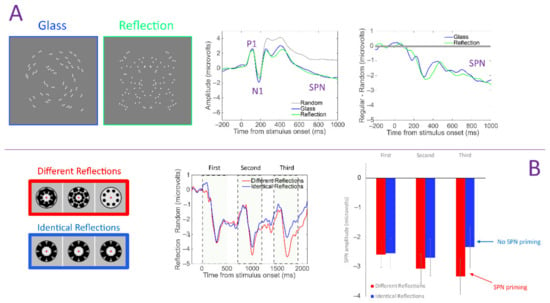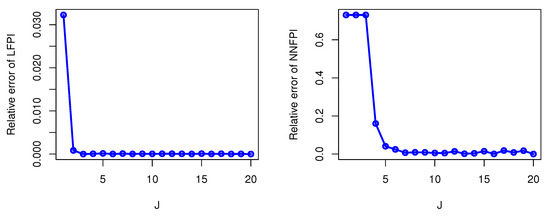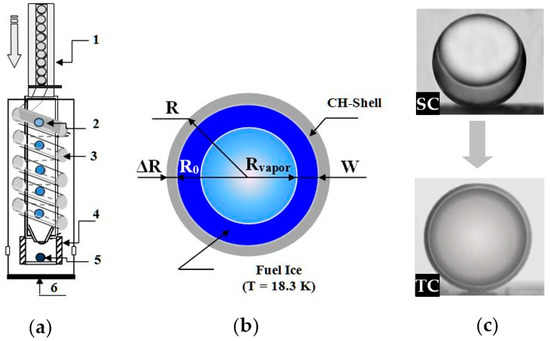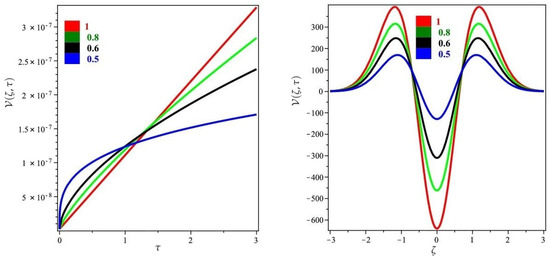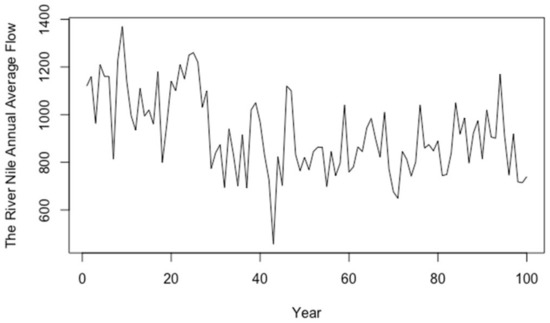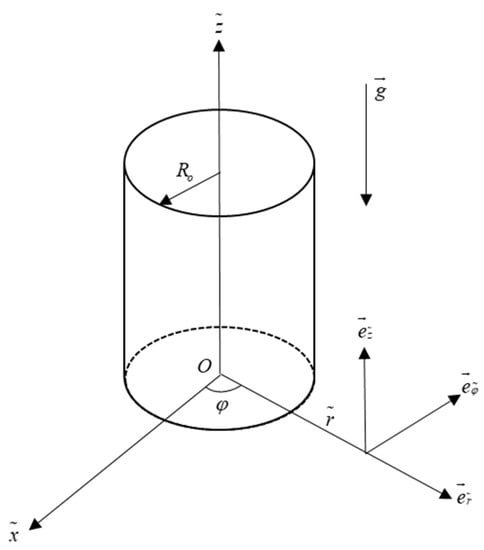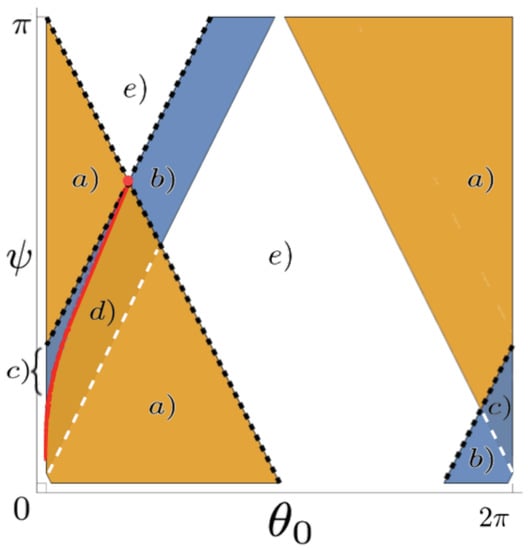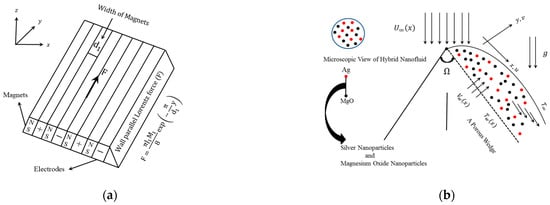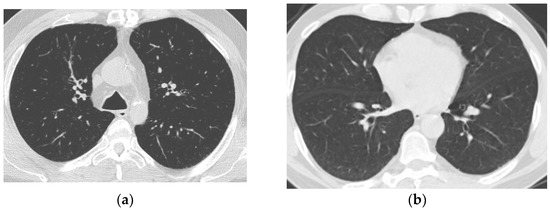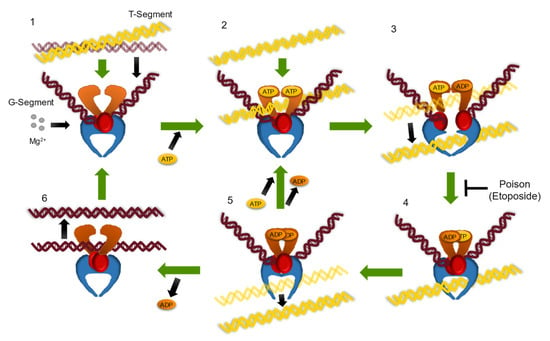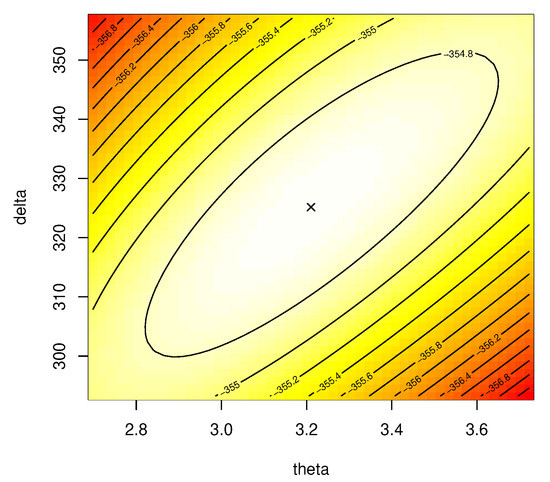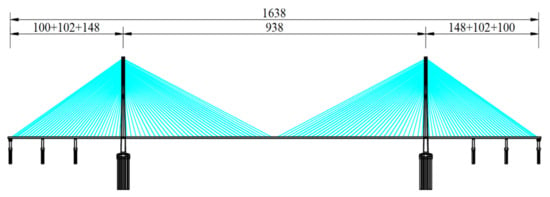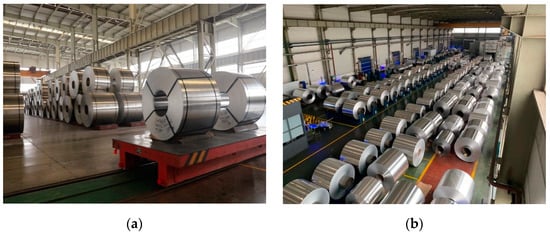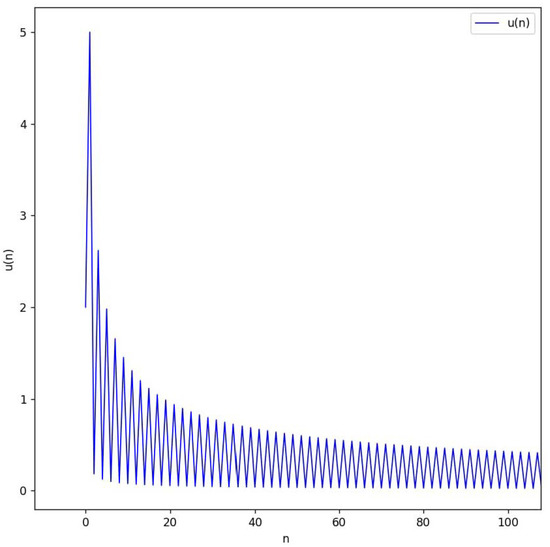Symmetry 2022, 14(7), 1330; https://doi.org/10.3390/sym14071330 - 27 Jun 2022
Cited by 2 | Viewed by 1850
Abstract
We apply Geometric Arbitrage Theory (GAT) to obtain results in mathematical finance for credit markets, which do not need stochastic differential geometry in their formulation. The remarkable aspect of the GAT is the gauge symmetry, which can be translated to the financial context,
[...] Read more.
We apply Geometric Arbitrage Theory (GAT) to obtain results in mathematical finance for credit markets, which do not need stochastic differential geometry in their formulation. The remarkable aspect of the GAT is the gauge symmetry, which can be translated to the financial context, by packaging all of the asset model information into a (stochastic) principal fiber bundle. We obtain closed-form equations involving default intensities and loss-given defaults characterizing the no-free-lunch-with-vanishing-risk condition for government and corporate bond markets while relying on the spread-term structure with default intensity and loss-given default. Moreover, we provide a sufficient condition equivalent to the Novikov condition implying the absence of arbitrage. Furthermore, the generic dynamics for an isolated credit market allowing for arbitrage possibilities (and minimizing the total quantity of potential arbitrage) are derived, and arbitrage credit bubbles for both base credit assets and credit derivatives are explicitly computed. The existence of an approximated risk-neutral measure allowing the definition of fundamental values for the assets is inferred through spectral theory. We show that instantaneous bond returns are serially uncorrelated and centered, that the expected value of credit bubbles remains constant for future times where no coupons are paid, and that the variance of the market portfolio nominals is concurrent with that of the corresponding bond deflators.
Full article
(This article belongs to the Special Issue Topological Structures and Analysis with Applications)
